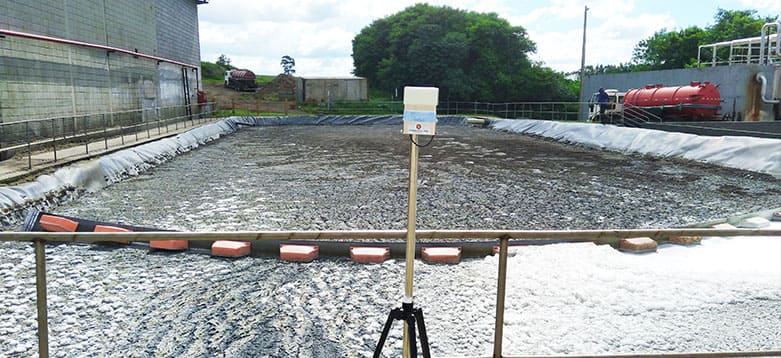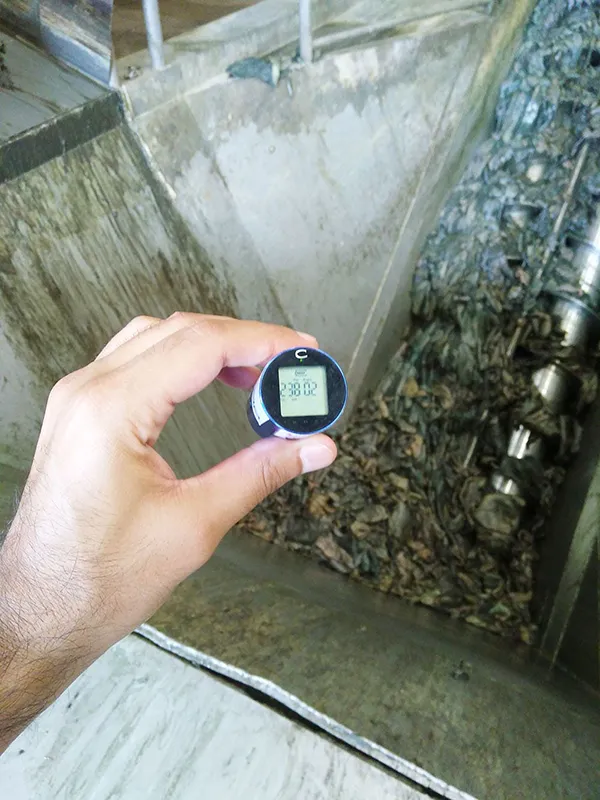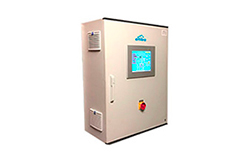
The objective of this study was to identify and quantify odor sources throughout the production process of a gelatine and collagen factory located in the interior of Paraná State, Brazil. At the same time, an atmospheric dispersion model was used to identify the radius of coverage and the frequency of perceived values of odor around the company and, thus, propose improvements of control systems or installation of new systems.
The NH3 (ammonia) and H2S/CH4S gases (hydrogen sulphide/methyl mercaptan) were measured during 7 consecutive days around emission sources and throughout the company’s production process. Thus, the monitoring was performed on the arrival of the trucks with the used raw material (bovine hides), loading of storage hopper, storage shed and effluent treatment station. Electrochemical, automatic and continuous measurement Cairpol’s sensors were used. This equipment records the measurements in ppb (part per billion) every minute and stores them in an internal data logger.
During the monitoring period, an anemometer was installed to record wind direction and wind speed data every 5 minutes to correlate with gas measurements. After identification and quantification of odors sources the atmospheric dispersion mathematical model AMS/USEPA AERMOD was implemented. The model requires the following input data: meteorological, topographic, soil use of the study region and gases emission rate for emission sources. The emission rates of non-point sources were estimated using a reversed modeling method. The results of gases measurement showed that the largest sources of emissions are concentrated in the storage hopper, storage sheds, industrial effluent treatment plant and the biofilter outlet used to treat the gases from one of the storage sheds. The mathematical simulation showed that under unfavorable conditions for pollutants dispersion, it is possible to smell H2S/CH4S within a radius of approximately 5 km from the company.
For the NH3 this radius is 1.5 km for all people with average sensitivity to odors. A hypothetical scenario was created considering a reduction of 80% in the emission of the gases from the biofilter, process and storage and of 50% from the treatment plant, based on the propositions made for adjustment and implementation of new control systems. This future scenario indicated a decrease in the NH3 perception radius to approximately 200 meters from the company and 4 km for H2S/CH4S in the worst conditions of gases dispersion for the simulated period.

Verwandte Inhalte
Informationsanfrage

